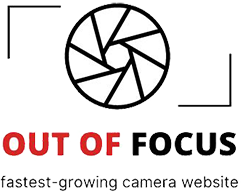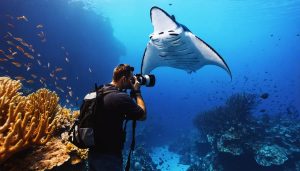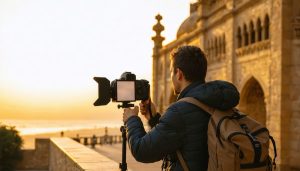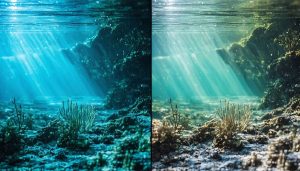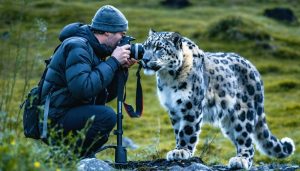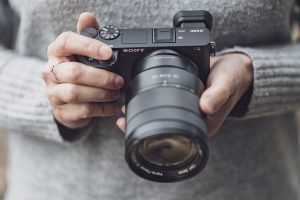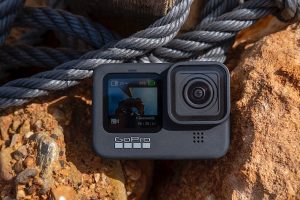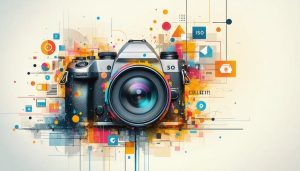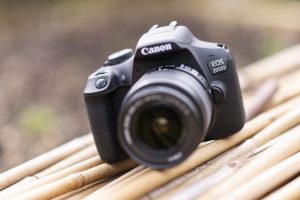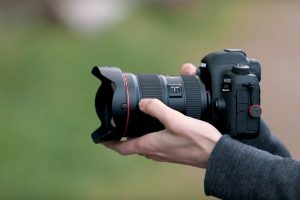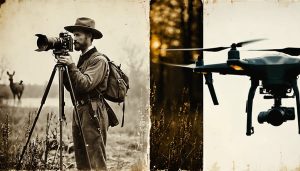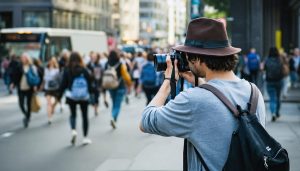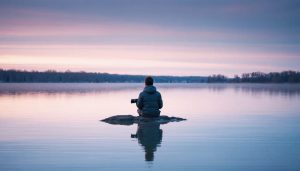
From the first grainy glass plates of the 1850s to today’s sophisticated digital sensors, the evolution of wildlife photography techniques has transformed our understanding of the natural world. When pioneering photographers like George Shiras III first captured nocturnal animals using crude flash powder in the 1890s, they opened a window into previously unseen animal behavior. This revolutionary approach not only advanced photography but sparked a global conservation movement that continues to shape our relationship with wildlife today.
As camera technology progressed through the 20th century, wildlife photographers pushed boundaries ever further – from the groundbreaking work of National Geographic’s first female photographer, Eliza Scidmore, to the game-changing innovation of high-speed photography by Harold Edgerton. These visionaries didn’t just document wildlife; they revealed the extraordinary complexity of animal behavior, from a hummingbird’s wings in mid-flight to the precise moment a lion strikes its prey.
Today’s wildlife photographers wield tools their predecessors could only dream of – ultra-sensitive sensors that capture images in near darkness, lenses that can focus across vast distances, and drone technology that offers unprecedented perspectives. Yet the fundamental mission remains unchanged: to capture intimate moments of wild creatures in their natural habitat, fostering understanding and inspiring protection of our planet’s remarkable biodiversity.
The Pioneers: Early Wildlife Photography (1850s-1900s)
Glass Plate Era
The early days of wildlife photography were defined by the glass plate era, which spanned from the 1850s through the early 1900s. Photographers of this period faced tremendous challenges, carrying heavy and fragile glass plates coated with light-sensitive emulsions into the field. These plates had to be prepared shortly before use and developed immediately after exposure, requiring photographers to transport portable darkrooms alongside their already cumbersome camera equipment.
Wildlife photographers like George Shiras III pioneered innovative techniques during this era, including the use of flash photography at night. Shiras’s groundbreaking work in the 1890s involved using trip wires that animals would trigger themselves, creating some of the first nighttime photographs of wild animals in their natural habitats. This technique, though primitive by today’s standards, revolutionized how we could document nocturnal wildlife.
The glass plate process, while challenging, produced images of remarkable clarity and detail. Each exposure required careful preparation and perfect timing, as photographers typically had just one chance to capture their subject. The long exposure times, often several seconds or more, meant that photographing moving animals was particularly difficult. Photographers had to rely on their knowledge of animal behavior and patience, sometimes waiting days for the perfect moment when their subject would remain still long enough for a clear image.
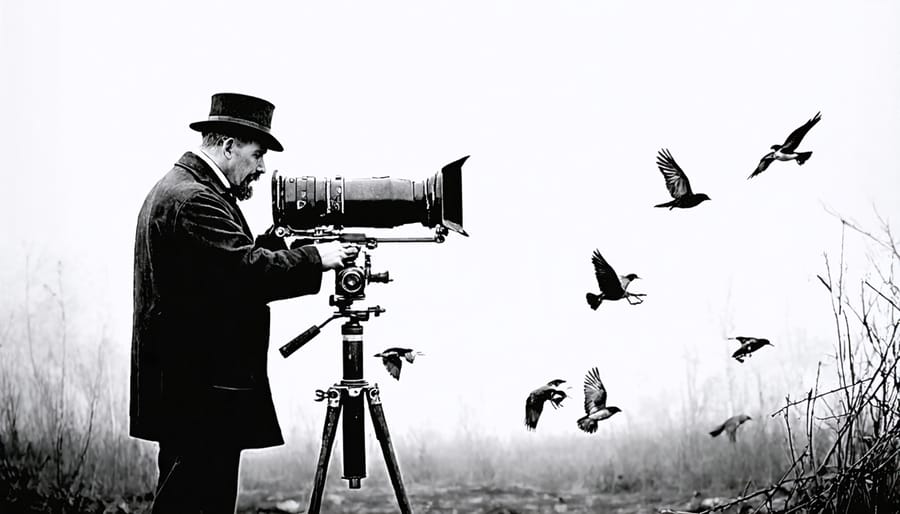
First Conservation Impact
The emergence of wildlife photography in the late 19th century marked a pivotal moment in conservation history. When George Shiras III published his groundbreaking nighttime photographs of wildlife in National Geographic in 1906, he transformed how the public perceived wild animals. Rather than viewing them as mere hunting trophies, people began seeing them as living, breathing creatures worthy of protection.
These early photographs sparked an emotional connection that no written description could match. Images of magnificent birds, elusive predators, and gentle herbivores in their natural habitats helped shift public sentiment from exploitation to preservation. The work of pioneering photographers like William Henry Jackson, whose images of Yellowstone helped convince Congress to establish it as America’s first national park, demonstrated photography’s power to drive conservation policy.
In the 1920s and 1930s, wildlife photographers like Cherry Kearton and Carl Akeley further advanced this cause by documenting endangered species and their habitats. Their images provided crucial evidence of declining populations and habitat destruction, leading to some of the first wildlife protection laws. The visual documentation of species like the American bison, which had been hunted to near-extinction, helped rally public support for conservation measures.
These early conservation photographers didn’t just capture images; they captured the public’s imagination and conscience, laying the groundwork for modern environmental movements and wildlife protection efforts.
The Film Revolution (1900s-1970s)
Technical Breakthroughs
The evolution of camera technology revolutionized wildlife photography, making it increasingly accessible and effective. In the early 1900s, the introduction of portable cameras marked a significant turning point in photographing animals in their habitat. The Graflex camera, popular among early wildlife photographers, offered unprecedented mobility despite its bulky nature.
The development of telephoto lenses in the 1920s and 1930s transformed the field dramatically. Photographers could now capture intimate wildlife moments from a safe distance, reducing disturbance to animals while achieving better results. The introduction of the 400mm lens by Zeiss in 1935 became a game-changer, allowing photographers to document elusive species without compromising their natural behavior.
The 1960s saw another leap forward with the emergence of single-lens reflex (SLR) cameras. These offered photographers the ability to see exactly what they were shooting through the viewfinder, dramatically improving composition and timing. The autofocus revolution of the 1980s made tracking moving wildlife significantly easier, while advances in film sensitivity enabled shooting in lower light conditions.
Modern digital cameras have pushed the boundaries even further, with features like high-speed continuous shooting, improved low-light performance, and weather-sealing becoming standard. Image stabilization technology has made hand-held telephoto shots possible, while silent shooting modes help photographers remain undetected by sensitive wildlife. These technical innovations have not only improved image quality but also helped minimize human impact on wildlife, supporting both artistic and conservation goals.
National Geographic Era
National Geographic magazine revolutionized wildlife photography by bringing stunning images of nature into millions of homes worldwide. When the magazine published its first wildlife photographs in 1906, it marked the beginning of a new era in visual storytelling and nature documentation.
Under the leadership of Gilbert H. Grosvenor, National Geographic made the groundbreaking decision to dedicate significant resources to wildlife photography, sending photographers on extensive expeditions to capture never-before-seen images of animals in their natural habitats. The magazine’s commitment to quality meant photographers could spend weeks or even months waiting for the perfect shot, resulting in unprecedented intimate portraits of wildlife.
Notable photographers like George Shiras III, who pioneered flash photography of nocturnal animals in the early 1900s, and the husband-and-wife team of Des and Jen Bartlett in the 1960s, set new standards for wildlife photography. Their work not only showcased the beauty of nature but also helped raise awareness about conservation issues.
The yellow-bordered magazine’s impact extended beyond its pages. Its photographs inspired generations of nature photographers and helped shape public perception of wildlife conservation. The striking images of endangered species and threatened habitats played a crucial role in garnering support for environmental protection efforts worldwide.
By the 1970s, National Geographic had become synonymous with exceptional wildlife photography, establishing techniques and ethical guidelines that would influence the field for decades to come. Their approach to storytelling through images created a blueprint for modern wildlife photography, combining technical excellence with compelling narrative and conservation messaging.
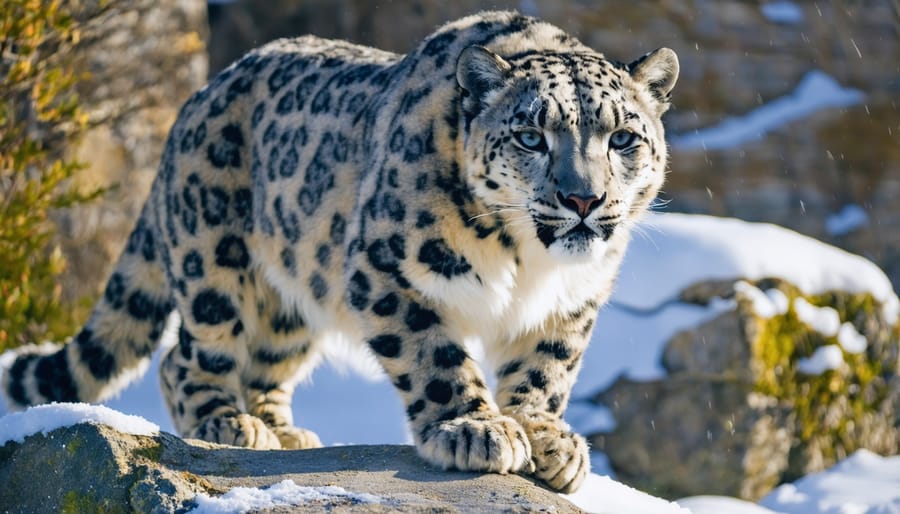
Digital Transformation (1980s-Present)
Digital Innovation
The advent of digital photography in the late 1990s revolutionized wildlife photography, marking a transformative shift from film to sensors. When Nikon introduced the D1 in 1999, it opened new possibilities for wildlife photographers who could now instantly review their images in the field and adjust their techniques accordingly.
Digital innovation brought several game-changing advantages to wildlife photography. The ability to shoot in low-light conditions improved dramatically with advancing sensor technology, allowing photographers to capture dawn and dusk wildlife activity with unprecedented clarity. High-speed continuous shooting modes made it possible to capture split-second moments, from birds taking flight to predators pursuing prey.
Memory cards replaced film rolls, eliminating the constraint of 36 exposures and the need to change film in critical moments. Wildlife photographers could now take thousands of images in a single session, increasing their chances of capturing that perfect moment. This digital freedom encouraged experimentation and learning through immediate feedback.
The evolution of autofocus systems particularly benefited wildlife photography. Modern cameras feature sophisticated animal eye-detection and tracking capabilities, making it easier to maintain focus on moving subjects. These technological advances democratized wildlife photography, making it more accessible to enthusiasts while providing professionals with tools to push creative boundaries.
Post-processing capabilities also transformed the field. Digital editing allowed photographers to enhance their images while maintaining authenticity, adjusting exposure, contrast, and sharpness to better represent what they witnessed in the field. This technical flexibility helped photographers better communicate their conservation messages through their work.
However, this digital revolution came with responsibilities. The ease of capturing images led to discussions about ethical wildlife photography, emphasizing the importance of maintaining distance from subjects and respecting natural behaviors. Today’s wildlife photographers blend technical mastery with environmental consciousness, using digital innovations to document and preserve our natural world for future generations.
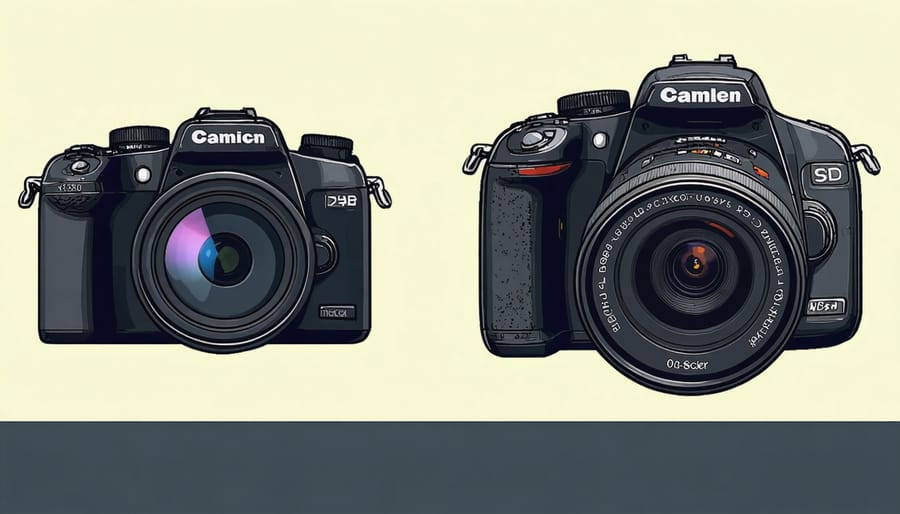
Conservation Technology
Modern wildlife photography has embraced cutting-edge technology to enhance both image quality and conservation photography impact. Camera traps have revolutionized how we document elusive species, using motion sensors and weather-sealed housings to capture intimate moments without human presence. These devices now incorporate artificial intelligence to identify specific species and behaviors, helping researchers gather crucial data about endangered wildlife.
Thermal imaging cameras have opened up new possibilities for nighttime photography, allowing photographers to track and document nocturnal animals without disturbing their natural behavior. Drone technology, when used responsibly and within legal guidelines, provides unprecedented aerial perspectives of wildlife habitats and migration patterns, though photographers must always prioritize animal welfare over getting the shot.
Advanced GPS tracking in modern cameras helps create detailed location data for wildlife monitoring, while underwater housing systems have evolved to capture marine life at depths previously impossible to reach. The development of silent shooting modes in mirrorless cameras has been particularly beneficial, allowing photographers to document sensitive species without startling them with shutter noise.
Digital asset management systems now integrate with conservation databases, enabling photographers to contribute to citizen science initiatives and global wildlife monitoring programs. Machine learning algorithms help process vast quantities of wildlife images, identifying patterns in animal behavior and population dynamics that inform conservation strategies.
Perhaps most importantly, social media and online platforms have transformed how conservation photography reaches its audience. High-resolution displays and virtual reality technologies allow viewers to experience wildlife encounters in immersive ways, fostering deeper connections with nature and inspiring action for wildlife protection. These technological advances have made wildlife photography more accessible while simultaneously increasing its power as a conservation tool.
Modern Conservation Photography
Social Media Impact
Social media has revolutionized how wildlife photography reaches and impacts global audiences. Platforms like Instagram, Facebook, and Twitter have created unprecedented opportunities for photographers to share their work instantly and connect with millions of viewers worldwide. This democratization of wildlife imagery has transformed how we engage with nature and conservation efforts.
Professional wildlife photographers now leverage these platforms not just to showcase their work, but to raise awareness about endangered species and threatened habitats. A single powerful image shared across social networks can spark global conversations about conservation within hours. This immediate reach has proven invaluable for environmental documentation and emergency response to wildlife crises.
Popular hashtags like #wildlifephotography and #naturelovers have created communities where photographers share techniques, locations, and conservation messages. These digital spaces have become vital educational platforms, helping people understand the importance of preserving natural habitats and protecting endangered species.
The viral nature of social media has also highlighted ethical photography practices. Discussions about maintaining safe distances from wildlife, avoiding habitat disruption, and responsible photography behavior have become mainstream conversations. This has led to increased awareness about the impact of human presence on wildlife and the importance of responsible photography practices.
Moreover, social platforms have enabled wildlife photographers to build sustainable careers through print sales, workshops, and conservation projects, ensuring continued documentation of our planet’s biodiversity. This financial viability has encouraged more photographers to dedicate themselves to wildlife conservation through their lens.
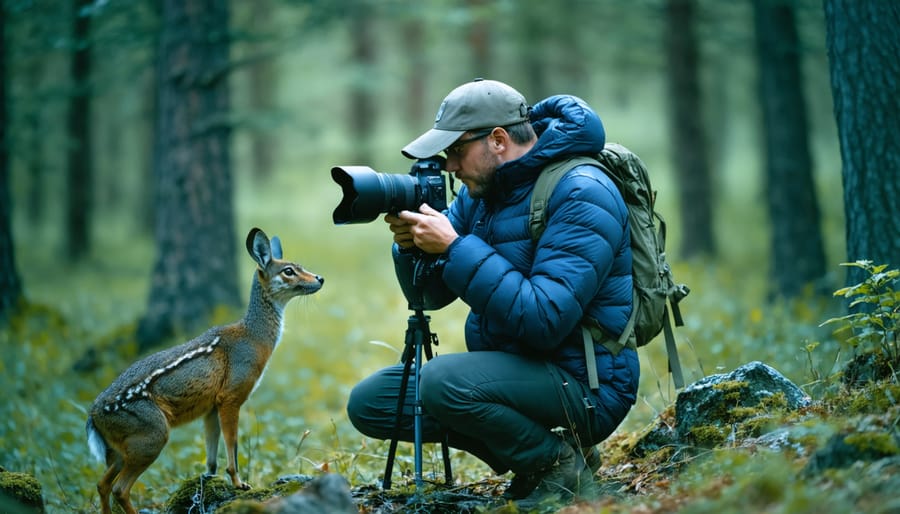
Future Technologies
The future of wildlife photography is being revolutionized by groundbreaking technologies that promise to enhance both image quality and conservation efforts. Artificial Intelligence-powered cameras are now capable of detecting and tracking animal movements, ensuring perfect focus and timing even in challenging conditions. These smart systems can identify specific species and behaviors, making it easier for photographers to capture those decisive moments while maintaining a safe distance from their subjects.
Drone technology continues to evolve, with ultra-quiet models specifically designed for wildlife observation. These advanced drones feature improved battery life and sophisticated collision-avoidance systems, allowing photographers to document animal behavior from previously impossible angles. This is particularly valuable in marine wildlife photography and research, where traditional approaches might disturb natural behaviors.
Emerging sensor technologies are pushing the boundaries of low-light photography, with new cameras capable of capturing clear images in near-darkness. This advancement is crucial for documenting nocturnal species without artificial lighting that might affect their behavior. Additionally, camera traps are becoming more sophisticated, incorporating cellular connectivity and real-time image transmission capabilities that aid both photographers and researchers in their conservation efforts.
Perhaps most exciting is the development of biodegradable camera equipment and eco-friendly photographic gear. These innovations address the environmental impact of photography itself, ensuring that our pursuit of wildlife images doesn’t harm the very ecosystems we’re trying to protect. Combined with augmented reality applications that help photographers identify species and optimal shooting conditions, these technologies are shaping a more sustainable and effective future for wildlife photography.
Wildlife photography has evolved from its humble beginnings as a challenging and cumbersome pursuit to become one of the most powerful tools in modern conservation efforts. Through the decades, technological advancements have transformed not just how we capture images of wildlife, but also how these images impact our understanding and appreciation of the natural world.
The journey from glass plates and bulky equipment to today’s sophisticated digital cameras and remote triggers represents more than just technical progress. It symbolizes our growing ability to document and share the intimate moments of wildlife behavior that were once invisible to most people. These technological improvements have democratized wildlife photography, allowing more photographers to contribute to our collective understanding of species and their habitats.
Perhaps most significantly, wildlife photography has become an essential cornerstone of conservation efforts worldwide. Powerful images of endangered species, their behaviors, and their habitats have helped raise awareness about conservation issues and inspired action in ways that words alone never could. From the stark reality of habitat destruction to the celebration of successful conservation projects, these photographs serve as both documentation and motivation for change.
The digital age has amplified this impact through social media and online platforms, allowing wildlife photographs to reach millions of people instantly. This immediate connection between viewers and wildlife has created a new generation of conservation advocates, while also providing scientists with valuable data about animal behavior and population dynamics.
As we look to the future, wildlife photography continues to evolve with new technologies like camera traps, drones, and artificial intelligence, all while maintaining its fundamental role as a bridge between the natural world and human consciousness, reminding us of what we stand to lose – and what we must fight to protect.
